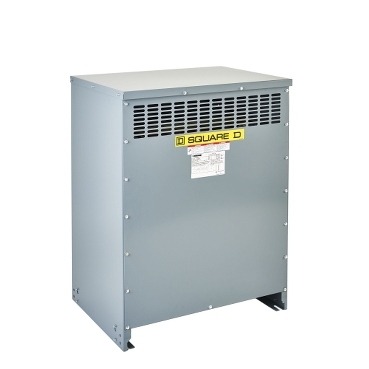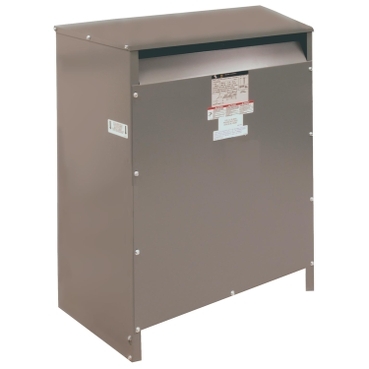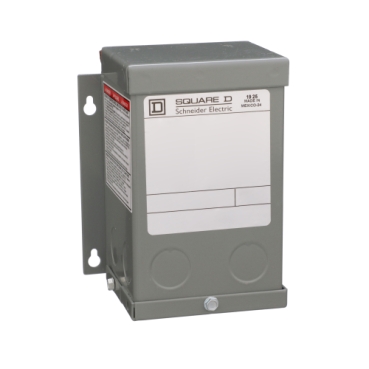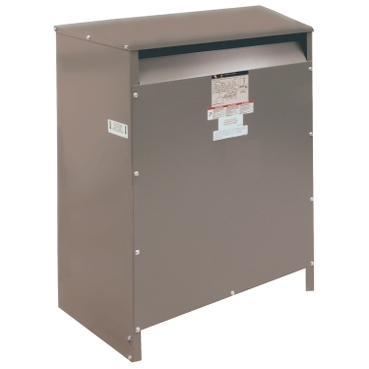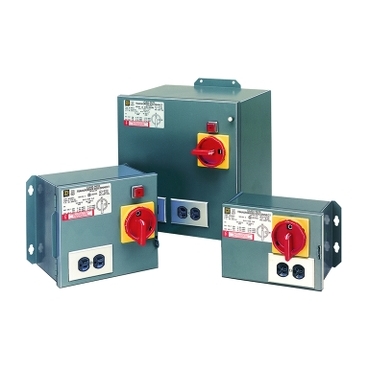Electrical transformers come in all kinds of types depending on their primary function, construction, supply, etc. For example, a residential transformer isn’t going to require the same robust design as an industrial transformer. Here are some of the ways that transformers can differ from one another.
Design
The transformer design depends on how the primary and secondary windings are wound around the transformer’s core.
- Core-type transformers have the windings wound around a magnetic core, much like we discussed in previous sections.
- Shell-type transformers have the windings pass inside the steel magnetic circuit (or the core), which creates a shell around the windings.
Phase/supply
We have mostly referred to transformers that use two windings, but that is not the only way transformers work.
- Single-phase transformers have one primary winding and one secondary winding, giving one main line of power. These are commonly used in residential transformers.
- Three-phase transformers are more commonly used industrially since they have three sets of winding and can therefore generate three-phase power. Three lines of power tend to reduce the amps needed, use smaller wires, and provide more power.
Cooling
Transferring energy creates friction and resistance, which in turn creates heat. Heat can wear down the coils used to build transformers, so there are also cooling mechanisms in transformers to keep coils from overheating and wearing out faster.
- Self-cooled oil-filled transformers are typically used for small transformers and leverage the surrounding airflow to stay cool.
- Water-cooled oil-filled transformers use a heat exchanger to transfer the heat from the oil to the cooling water.
- Air-cooled (air blast) transformers focus on cooling the generated heat by using fans that force the air circulation on the windings and core, not just the naturally surrounding airflow.
Purpose/voltage levels
Depending on whether you want to raise or lower the voltage, there are step-up and step-down transformers.
- Step-up transformers are made to increase the voltage levels, so the transformer is a “step-up” transformer if the secondary winding has a higher number of turns than the primary side.
- Step-down transformers are the opposite and decrease the voltage, so the primary winding needs to have more turns than the secondary side.
Install location/use
Not all transformers are suited for the same level of power or application, so there are multiple types of transformers that vary by use.
- Power transformers are fairly standard and used to transmit electrical power at high ratings.
- Distribution transformers tend to have lower ratings and are used to distribute electricity and convert voltage in transmission lines.
- Measurement/instrument transformers convert voltage proportionately to measuring instruments, such as meters, network analyzers, and other devices.




